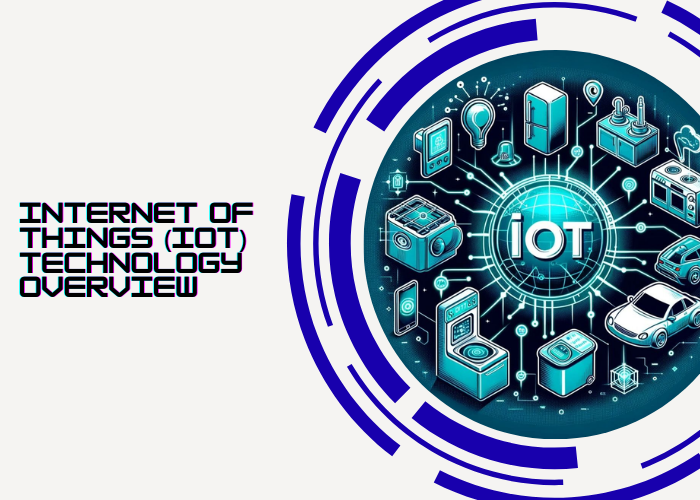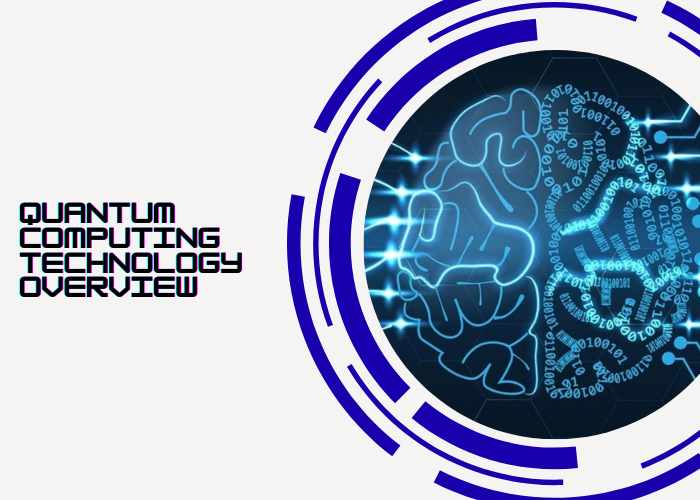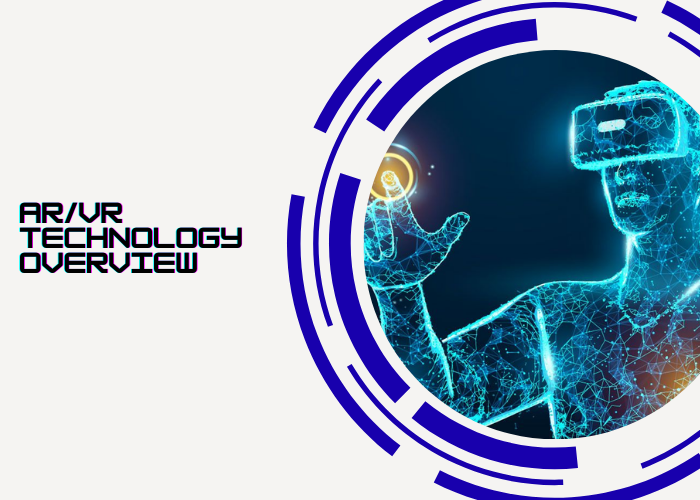Quantum Computing Technology Overview
Quantum Computing: A New Era of Technology
Quantum computing has moved beyond theory to become one of the most promising advances in modern technology. Unlike classical computers that use bits (0 or 1), quantum machines use qubits that can occupy multiple states at once. That capability—rooted in superposition and entanglement—opens the door to solving problems that are currently intractable for traditional systems, from complex simulations to dramatic optimization tasks.
The difference between classical and quantum
Classical computers excel at everyday tasks: spreadsheets, web browsing, transaction processing, and standard scientific computing. Their architecture and algorithms are optimized for deterministic, sequential processing. But certain problems grow exponentially in complexity as variables increase—simulating a molecule’s behavior, factoring extremely large numbers, or searching vast combinatorial spaces. For those, classical approaches become prohibitively slow.
Quantum computing changes the paradigm. Qubits can exist in superposition—representing both 0 and 1 simultaneously—and can become entangled so that their states are interdependent across distance. Rather than exploring one computational path at a time, quantum processors can evaluate many possibilities at once. This parallelism is not a simple speed-up; it fundamentally alters how some classes of problems are approached, enabling solutions that would take classical machines lifetimes to compute.
Where the technology stands today
The idea of quantum computing dates back to the 1980s, but practical experiments and prototypes emerged more recently. Over the past two decades, research labs and corporate teams have pushed the field forward. Companies such as IBM, Google, Microsoft and Rigetti have built experimental processors and now offer cloud-based access to quantum resources. That access has democratized experimentation—researchers, startups, and enterprises can test algorithms without owning fragile, expensive hardware.
Nevertheless, the technology remains nascent. Qubits are notoriously sensitive to environmental noise and require ultra-low temperatures and sophisticated shielding. Error rates are a major constraint, and much of current work focuses on error mitigation and correction schemes. Progress is steady: each year brings improvements in qubit coherence, control electronics, and the software frameworks that let developers express quantum programs.
Practical domains that could be transformed
Some of the most compelling applications for quantum computing are already visible on research roadmaps. In cryptography, many current public-key systems rely on mathematical problems that are difficult for classical computers but could be efficiently solved by mature quantum algorithms. That prospect is driving research into post-quantum cryptography and quantum-safe protocols.
In pharmaceuticals and materials science, quantum simulations promise to model molecular interactions with a fidelity unattainable today. Drug discovery could accelerate from years to months by simulating candidate molecules and their behavior under different conditions, reducing the need for costly trial-and-error in the lab.
Optimization problems in logistics and finance are another natural fit. Quantum approaches can evaluate vast numbers of possible routes, schedules, or portfolio allocations simultaneously, offering solutions that minimize cost, time, or risk in ways classical heuristics struggle to match. Machine learning and AI also stand to benefit: certain quantum algorithms may speed up training or improve pattern discovery in large datasets.
How developers and organizations are accessing quantum power
For most users, quantum computing is available via cloud platforms. Providers expose quantum backends and simulators through APIs and higher-level SDKs like Qiskit or Cirq, enabling experimentation and early-stage development without the capital expense of owning hardware. That model mirrors the early days of classical cloud computing, where remote access catalyzed innovation and lowered entry barriers.
This cloud-first approach also encourages hybrid workflows: classical processors handle the parts of an algorithm they do best, while quantum resources are invoked for specific subroutines where they offer advantage. Over time, toolchains and hybrid architectures will likely evolve to make this integration more seamless.
Technical and practical challenges
Despite its promise, quantum computing faces real, nontrivial challenges. Qubits are fragile; they decohere quickly when exposed to noise, which demands extreme cooling and isolation techniques. Error rates remain high, requiring complex error-correcting codes that multiply resource needs. Building a fault-tolerant, large-scale quantum computer is therefore an engineering mountain that researchers are still climbing.
There’s also a skills gap. Programming quantum machines requires new ways of thinking and new frameworks; teams must blend physics, math, and software engineering. Organizations need talent pipelines and education strategies to build capability. Finally, the cost of hardware and the uncertainty around timelines make large-scale adoption a multi-year proposition for most industries.
Economic and security implications
Quantum computing’s implications stretch beyond technology into economics and national security. If quantum processors reach sufficient scale, they could break certain public-key cryptosystems, prompting a major shift in how secure communications are engineered. Governments and corporations are already investing in quantum-safe cryptography to mitigate that future risk.
At the same time, industries that harness quantum advantage early could gain competitive edges—faster drug discovery, more efficient logistics, improved financial modeling—potentially reshaping markets. The balance between risk and opportunity will influence policy, investment, and international collaboration in the coming decade.
Looking forward: complementary, not replacement
It is important to view quantum computing as a complement to, not a replacement for, classical computing. For everyday applications and general-purpose workloads, classical systems will remain dominant for the foreseeable future. Quantum machines will instead be specialized tools for classes of problems where their mathematical properties deliver transformative performance gains.
The path ahead likely mirrors other major tech transitions: initial breakthroughs confined to labs, followed by cloud access for early adopters, and eventually broader integration into industry-specific workflows as ecosystems mature. Over the next decade, we can expect a steady expansion of quantum-enabled use cases, more robust developer tooling, and gradual improvements in hardware reliability and scale.
Conclusion
Quantum computing represents a fundamental shift in computational thinking. By leveraging superposition, entanglement, and quantum interference, this technology promises to tackle problems that today would demand unrealistic amounts of time and energy. Obstacles remain—qubit fragility, error correction, cost, and workforce readiness among them—but advances are real and accelerating.
Rather than asking if quantum computing will matter, the more useful question is how organizations and researchers will prepare to use it when appropriate. Those who experiment today—building familiarity with quantum concepts, exploring hybrid algorithms, and integrating cloud-based quantum resources—will be better positioned to reap advantages as the technology matures. In short, quantum computing won’t replace classical systems, but it will open new computational pathways that change what we can solve and how quickly we can solve it.



